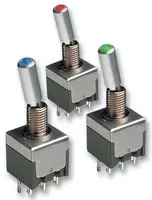ruffrecords
Well-known member
anjing said:Ian feeding the pan card from the eurochannel card were is it best to get the ground from? The Out2 is pretty far from CH pad...any idea? From the lower pad or the RHT?
Thanks a Lot Ian!
Pierre
There is a 0V connection right next to where the Out2 comes out on the 32 way connector. Out2 comes out on pin23 and its 0V is on pin24. I guess you are taking your Out2 from the pad right near the output capacitor so I would say it is OK to use the 0V from the bottom of RHT.
Note the ch pad is not 0V. It is intended as a way to connect to the chassis of the module - in most cases the front panel - in case the mechanical connection of the module cannot be guaranteed.
Cheers
Ian







































